A collaboration between
Bartlett School of Architecture, UCL, GAD/RC2 (London, UK) and Waterloo Architecture (Cambridge, Ontario), at the Musée national des beaux-arts du Québec.
Professors: Anne Bordeleau, Marjan Colletti, Guan Lee
BARTLETT Students: Shuchi Agarwal, Cindy Charisa, Alexandra Chutitada, Kai Li Xiaoxu Li, Francois Mangion, Maria-Silena Patsalidou, Dimitra Poulokefalou, Eleftheria Varda, Zachary Saunders, Rukmani Thangam, Dali Xu, Ran Yan, Ali Zolfaghari.
WATERLOO Students: Justin Breg, Tiffany Chiang, Virginia Fernandez, Emad Ghattas, Danielle Gignac, Miriam Ho, Taehyung Kim, Henry Murdock, Shane Neill, Connor O’Grady, Samantha Oswald, May Wu.
The project explores the possibilities afforded by ice as a material. Structure or sculpture, inhabitable or otherwise, these installations are necessarily ephemeral. Each exploration involves ice in its interaction with a secondary material that is included before the ice sets. The challenge is to determine when and how the integration of this material will lead to the desired result.
The term inclusion is used in metallurgy to refer to materials that are trapped inside a mineral during its formation. Brittle, transparent, colorless, crystalline, ice as a mineral can be immensely versatile. Fluid like its antecedent, it is radiant in opalescence when light passes through it. Inclusions can be read as an impurity or a defect. However, in this project we ask whether these inclusions could rather be conceived as opportunities for new structures. Can minerals grow organically like plants? Can a system of structure make itself?
The average temperature in Quebec City in February is around -12 degree Celsius: a drop of water exposed to the environment may become solid in an instance. When a network of flexible and slight materials is sprayed with water, it can become rigid and load bearing as water freezes. Working with inclusions, this project explores whether the embedded object can act like a scaffolding for water to travel on, a guide for crystals of ice to form and develop into an eventual edifice that is not predetermined. The resulting structure should be the product of experimentations in which hybridity informs the strategic process in design.
The aim is to explore a process-based design investigation with an icy flesh but bearing at its core a series of inclusions. Water/ice can be shaped not just by its container but also by how it is maneuvered. The idea of assisted growth is neither an additive nor a subtractive process. It is an opportunistic pursuit of dynamic interactions as material forms in their environment.
-Anne Bordeleau, Guan Lee

http://carnaval.qc.ca/en/activite/inclusions/
http://www.radio-canada.ca/regions/Quebec/2013/01/28/008-archiglace-mnbaq-carnaval.shtml
http://www.ville.quebec.qc.ca/idees_sortie/fiche.aspx?entID=4439




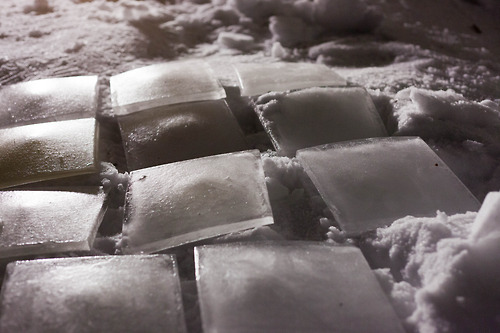
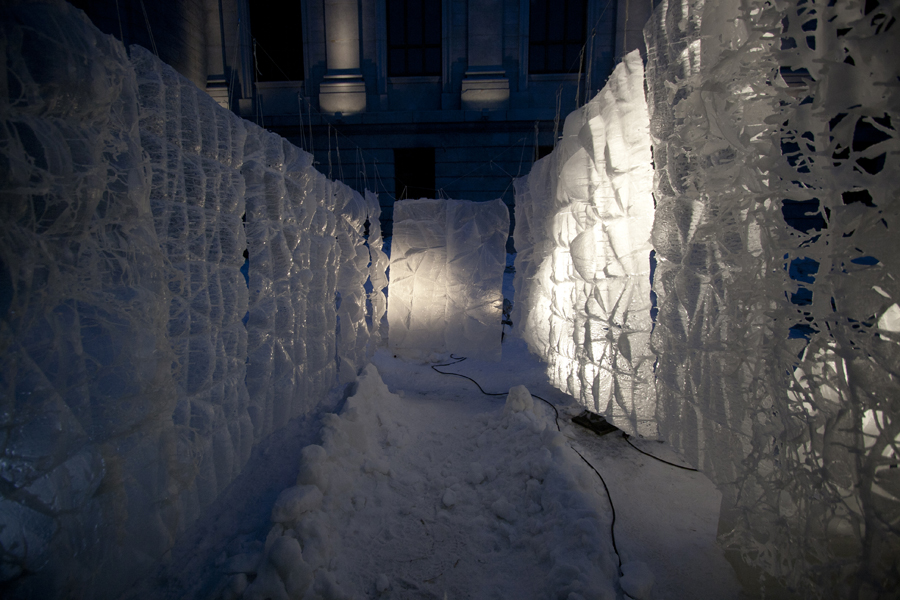
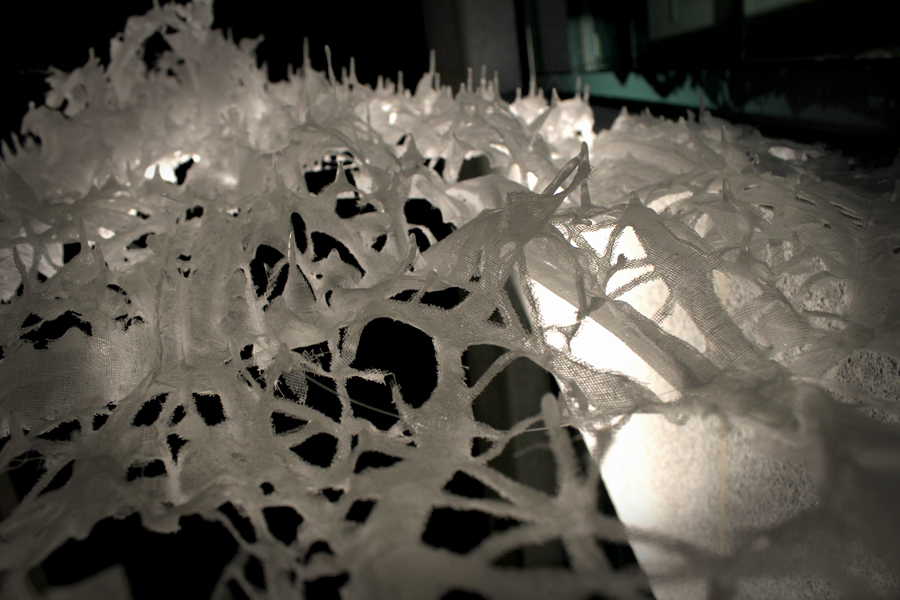

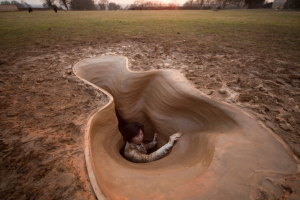
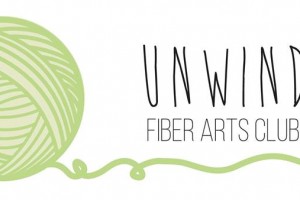
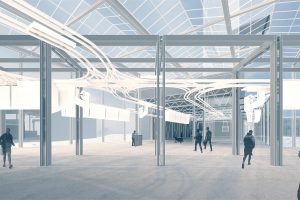
Leave a Reply